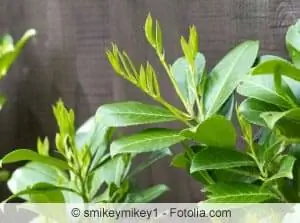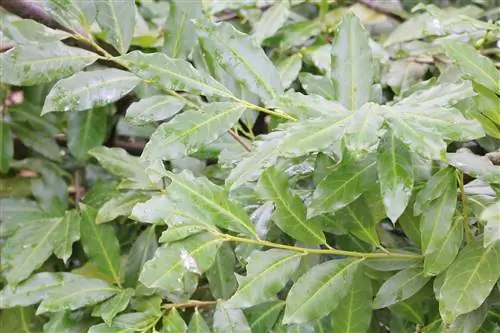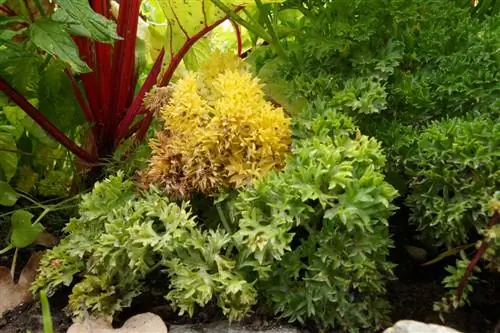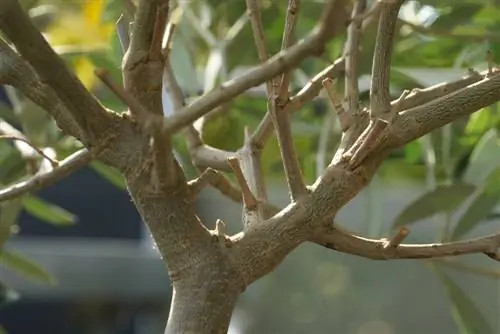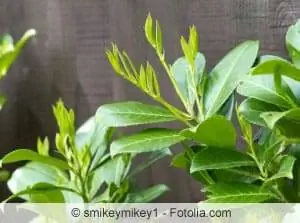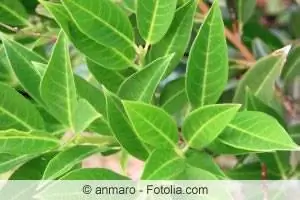- Author admin [email protected].
- Public 2023-12-17 03:39.
- Last modified 2025-06-01 06:48.
Yellow leaves on cherry laurel are a real nuisance and occur frequently. You can find out how these arise and what you have to do about them other than just cutting them off in the following text. First things first. Be careful with nitrogen fertilizer, mulching promotes winter hardiness and use a fertilizer rich in lime and potash.
Is your cherry laurel planted in the wrong place and perhaps not in the right soil?
Hard to imagine, because the cherry laurel prefers a shady as well as sunny place. However, it has a few demands on the floor. If the cherry laurel was freshly planted and yellow leaves are already sprouting, then you should check whether the plant was planted in depleted soil. The plant needs fresh garden soil. If the soil is very compacted, loosening it up with a digging fork will help (it just needs to be pricked and moved back and forth so that the roots are not damaged) to make its location comfortable for the cherry laurel. However, if the soil is exhausted, a layer of ripe compost that is spread next to and on the roots will help. Afterwards you should let the plant rest for a while. It could be that it's not the location or the soil after all.
The cherry laurel can suffer frost damage in winter
The cherry laurel comes from Asia Minor, where it is warmer than here. Cherry laurel is considered to be barely hardy in our regions. If you live in a cold region of Germany, you should make sure to buy a frost-hardy cherry laurel. If it is too cold for the cherry laurel, the leaves can turn yellow or brownish. Such discoloration becomes visible when, after a cold night, warming rays of sunlight shine directly on the leaves during the day. The moisture in the leaves evaporates, but the ground is still frozen so hard that it cannot draw water and it suffers from a lack of water. If spring suddenly turns very cold but is sunny during the day, the cherry laurel can be covered with cloths.
The cherry laurel needs more time to get used to
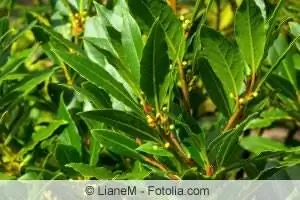
A cherry laurel planted young has the habit of forming yellow leaves, because every change of location means stress for the plant. The entire root area has to grow in first, so it can happen that the cherry laurel in the upper area does not have enough strength to supply it. If the cherry laurel has “rooted”, the problem with the yellow leaves will resolve itself.
What causes cherry laurel plants to stress?
Sometimes the joy of cherry laurel is caused by a fungal disease. The stress that the plants suffer during greenhouse propagation because they were not properly hardened is usually reflected in fungal infestation. That's why you should buy your cherry laurel from a local tree nursery. If you prune the plant severely if it is still infected, you may still have a chance of the diseased plant coming back. The evergreen tree also wants neutral or alkaline soil, i.e. lime-rich soil. If the soil acidifies, it should be regularly improved with lime fertilizer. Especially if the plant is to be placed in a pot, care must be taken to ensure that the soil is of good quality. However, if the soil is acidic, the important nutrients cannot be absorbed sufficiently and the cherry laurel will wither.
The right nutrients for southern trees
If southern trees that are used to less cold in winter are brought in, the plant should at least be given the necessary plant nutrients. There is potash (used as potash fertilizer in summer), which helps the plants to woody in time until winter, which is an important protection against frost damage. However, if you fertilize with excessive nitrogen, your plant will not produce hard shoots. The plant does grow, but the woodiness remains. Nitrogen as horn shavings are good because they only rot in the warm months and only then release nitrogen.
Fungal infestation and pests
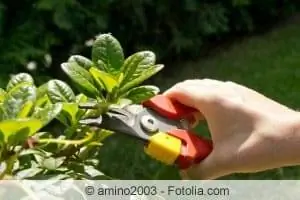
If the cherry laurel has already been weakened by the aforementioned causes, the trees are more susceptible to diseases and especially to fungal attack.
It can then manifest itself like this:
- Shotgun disease - which is caused by Trochila laurocerasi. Fungal infestation is often noticed after a rainy spring. The leaves have black spots.
- Yellow leaves - branch drought, which is also caused by a fungus. Monilia laxa. Leaves and shoots develop brown edges, turn yellow in early summer and fall off or dry out. If plants with damaged roots were already planted, there was already drought damage, which is the cause of the yellow leaves.
- Aphids - Mealybugs, scale insects and mealybugs can often be found on cherry laurel plants that have been weakened or over-fertilized with nitrogen.
What to do if there is an infestation?
If the plant is infected with shotgun disease, cutting back the affected branches helps. The shoots affected by the fungus must be burned or packaged in something disposed of in the trash can. The louse infestation can also be de alt with by pruning and with chemical agents.
If your cherry laurel has been in one place for a long time and then it turns yellow leaves. Incorrect watering could be the reason. The overwatering may well have happened some time ago, as the first reactions on the leaves can only appear after a quarter of a year. The cherry laurel also doesn't like waterlogging, although one would have to loosen up the soil. However, it could well be due to a lack of irrigation if the cherry laurel has only been left to rain irrigation. Fine roots that are helpful in absorbing water have not yet been able to form.
Tip:
Since the cherry laurel is an evergreen tree, it should also receive water during the winter. To do this, the root area is checked for dryness.
Small assessment of the watering behavior:
Water sufficiently: under normal conditions, each plant receives about 10 liter buckets of water per week and per meter of plant height.
Fertilize

Fertilize with slow-release fertilizer since it started growing, so the plant will grow quickly. If you don't fertilize, the plant will grow more slowly, but in both versions the cherry laurel should not have yellow leaves. The best fertilizer is organic and high in potash. The cherry laurel also likes any iron fertilizer. If you sprinkle lime right next to the cherry laurel, the plant will definitely get yellow leaves. You should no longer fertilize with nitrogen from late summer onwards. The plant is then stimulated to grow strongly again, the shoots can no longer become woody and the cherry laurel becomes more sensitive to forestry.
If the leaves of the cherry laurel are not uniformly yellow, but rather patchy yellow, there may be a bacterial leaf spot disease behind it. The pathogen causes holes in the leaves and the surrounding area is pale yellow. Here the rule is to cut back into he althy wood.
Frequently asked questions
Do the leaves of the cherry laurel change color, what is responsible for this?
This can be too little or too much water or heavy lime fertilization in the area of the plant.
Does the plant always have to be cut back if it has a few discolored leaves?
Not necessarily, the leaves of evergreen plants also get old and then fall off, so a few yellow leaves are quite normal.

